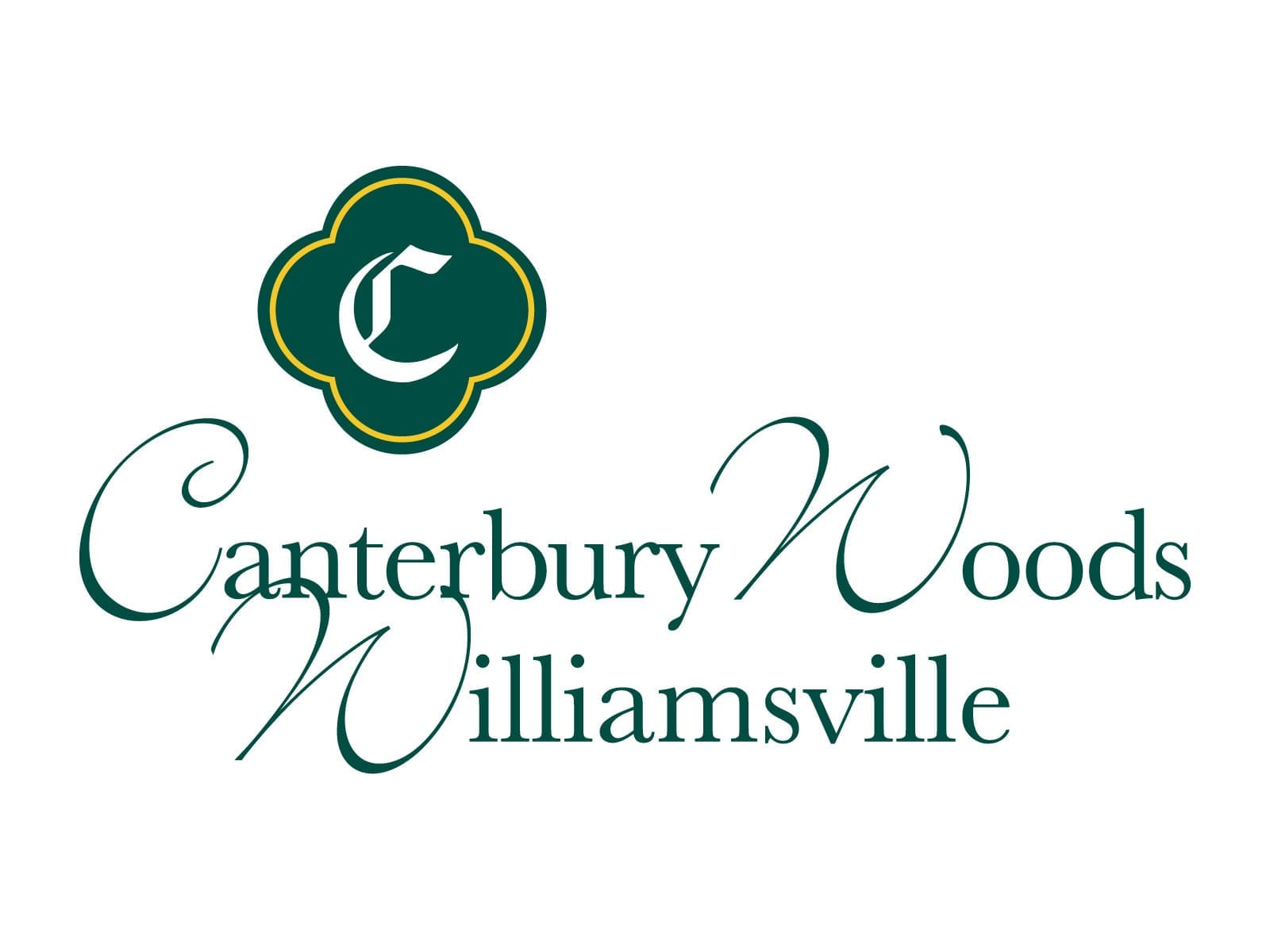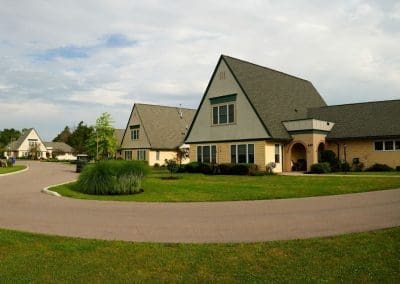Buffalo is home to three fine colleges that are part of the State University of New York system, as well as a number of private institutions. Among them are schools with fascinating backstories; in honor of our residents with backgrounds in higher education, here are some of them.
The State University of New York at Buffalo is the flagship of the state university system. With two campuses in Buffalo and one in Amherst, it has more than 30,000 students. This prestigious school was the top public university in New York and 24th among public schools in the nation on the Wall Street Journal/Times Higher Education college rankings released in September 2017.
The university holds a special place in the history of New York and the nation. Founded by future U.S. President Millard Fillmore and a small group of physicians in 1846, it originated as a private medical school. Fillmore was named the school’s first chancellor and continued part time in that role even after he became president upon Zachary Taylor’s death in 1859.
The first classes were held in the First Baptist Church on the corner of Seneca and Washington streets, which was leased by the university. In 1849, the school expanded into a red sandstone, Romanesque-style building at Main and Virginia streets—the first building in Buffalo constructed for higher education. Early students attended lectures while seated in cast-iron chairs with cushioned benches, described by one of the founding faculty members as “pleasing to the eye and exceedingly comfortable to the sitter.” The seats featured a broad right arm for note taking, an innovation at the time.
Another new building was added in 1893 on High Street between Main and Michigan. Designed in Italian Renaissance style by Buffalo architect George Cary, the brother of a UB professor of medicine, its architecture was highly praised. It served students until 1953, when the school of medicine moved to the South Campus Health Sciences complex. By then, the College of Arts and Sciences and Schools of Pharmacy, Dentistry, Nursing, Law, Engineering, Education, Business Administration and Graduate School had been established, and the university’s first student residence, Farber Hall, had been built.
UB today is recognized as a prestigious research university that is noted for its Center of Excellence for Bioinformatics and Life Sciences and other advanced biomedical and engineering disciplines. Nationally known and recognized scholars teach courses and mentor students in more than 170 undergraduate and 60 graduate programs. It offers an auditors program that allows people 60 and older to sit in on courses free of charge.
Notable alumni include journalist Wolf Blitzer, pianist and composer Charles Mingus, National Public Radio personality Terri Gross, NFL 2016 Defensive Player of the Year Khalil Mack, and Christopher Scolese, director of the NASA Goddard Space Flight Center.
Buffalo State College, also affiliated with the state university system, occupies 125 acres at 1300 Elmwood Ave., adjacent to Delaware Park and just blocks from Canterbury Woods Gates Circle. Founded in 1871 as a teacher training school, former Buffalo mayor, New York governor and President Grover Cleveland was a member of the first board of directors. Today, Buffalo State offers a full range of undergraduate and graduate programs and is 39th in U.S. News & World Reports’ rankings of top public schools. With an enrollment of nearly 10,000 students, it’s recognized for its Centers for Development of Human Services and Health and Social Research, as well as its Great Lakes Center. The Great Lakes Center focuses on research related to Lakes Erie and Ontario and collaborates on other national and international projects. The school is also known for spawning the careers of creative people including avant garde artist, director and musician Robert Longo; photographer and film director Cindy Sherman; and John Rzeznik, lead singer and guitarist of the Goo Goo Dolls. The University allows students to audit courses with permission of a department chair and instructor, free of charge—a great boon to the vibrant and engaged residents of Canterbury Woods Gates Circle.
Erie Community College is a two-year college that is the third leg of the State University of New York system. Offering nearly 100 educational programs, it’s a highly ranked school for associate degrees and certificates. The north campus, one of three sites, is located in Williamsville, not far from Canterbury Woods’ flagship campus. Other campuses are in Buffalo and Orchard Park. The school provides opportunities for lifelong learning and welcomes retirees.
Buffalo also boasts several private colleges.
Canisius College, founded in 1870 by members of the Society of Jesus, originally served the sons of Buffalo’s German immigrants and was associated with St. Michael’s Church. Today it’s a coed school that offers undergraduate and master’s degrees and certificate programs. Ranked 34th in U.S. News and World Report’s 2016 listings of America’s Best Regional Universities-North, it’s well known for its George E. Schreiner Pre-Medical Center, which provides education in biology and health sciences. Notable alumni include Dennis Strigl, president and CEO of Verizon Wireless; chef Anne Burrell, a familiar face to viewers of the Food Network; and Donald Pinkel, former director of St. Jude Children’s Research Hospital.
D’Youville College was established in 1908 by the Grey Nuns of Montreal and honors their founder, St. Marguerite D’Youville. The school enrolled nine women its first year and was the first college in Western New York to offer baccalaureate degrees for women, to grant degrees in sociology, to develop a four-year nursing program and to offer a professional doctor of chiropractic program. Now a coeducational school with about 3,000 students, its nursing program is still a keystone among 54 degree areas. It also offers other health-related programs ranging from advanced certificates for health care professionals to a Doctor of Physical Therapy program and a Doctor of Pharmacy degree. Many classes involve community service as well as coursework. Among noted alumni are Ann Wood-Kelly, the first female aviator during World War II, and New York State Sen. Timothy Kennedy.
Daemen College, established in 1947 in Amherst, also traces its history to a Catholic order. It was founded in 1947 as Rosary Hill College for women by the Sisters of St. Francis of Penance and Christian Charity. The name was changed in 1976 to honor Mother Magdalen Daemen, founder of the order. Now coed and nonsectarian, the school offers undergraduate and graduate programs in liberal arts and professional studies. Among its notable former students is chef Mary Ann Esposito, host of PBS’s “Ciao Italia,” the longest running TV cooking show in America. An interesting sidelight: the residence of Daemen’s president was a location used in the film “Marshall.” The film, released in 2017, was based on one of the first cases of attorney Thurgood Marshall, who went on to become the first black Supreme Court Justice.
Medaille College is another small, liberal arts college with a Catholic tradition. The school was founded in 1875 by the Sisters of St. Joseph to train teachers. Its original name, Mount Saint Joseph College, was changed in 1968. Located just across Delaware Park from Gates Circle, it now has more than 2,700 students who study liberal arts and sciences and earn undergraduate and advanced degrees and certificates. Bassist and vocalist Robby Takac, a founding member of the Goo Goo Dolls, is a Medaille graduate.
Trocaire College was founded in 1958 by the Buffalo Regional Community of the Sisters of Mercy to educate Sisters for the ministry of teaching. Formerly called Sancta Maria Junior College, it earned notice early on for its nursing and health science curricula, offering the first associate degree in nursing in Western New York. The school began accepting women students from outside the order in 1965 and became coed in 1972. Its programs still center on health care, although it also offers programs in other career-oriented fields. With a main campus in Buffalo and an extension site in Williamsville, its heritage is still reflected in its name—Trocaire is a Gaelic word that means “mercy.”
Bryant & Stratton College is a for-profit school that originated as a business institute attended by some of the most famous businessmen in the United States. Founded in 1854 by three graduates of Folsom Business College in Cleveland, Ohio, it was known for practical business education. The first campus was located in Buffalo, but by 1864, the founders had established about 50 schools in major cities across the country. Early students ranged from the famous to the notorious, including industry captains Henry Ford and John D. Rockefeller; tobacco manufacturer R.J. Reynolds; industrialist Arthur Schoellkopf, who helped develop hydroelectric power at Niagara Falls; a host of politicians; and even a crime boss, Lou Blonger, who headed a gang of con men in Colorado. It is now an accredited degree-granting college, offering two- and four-year programs on campuses in four states and online, in fields including accounting, health services administration and criminal justice.




